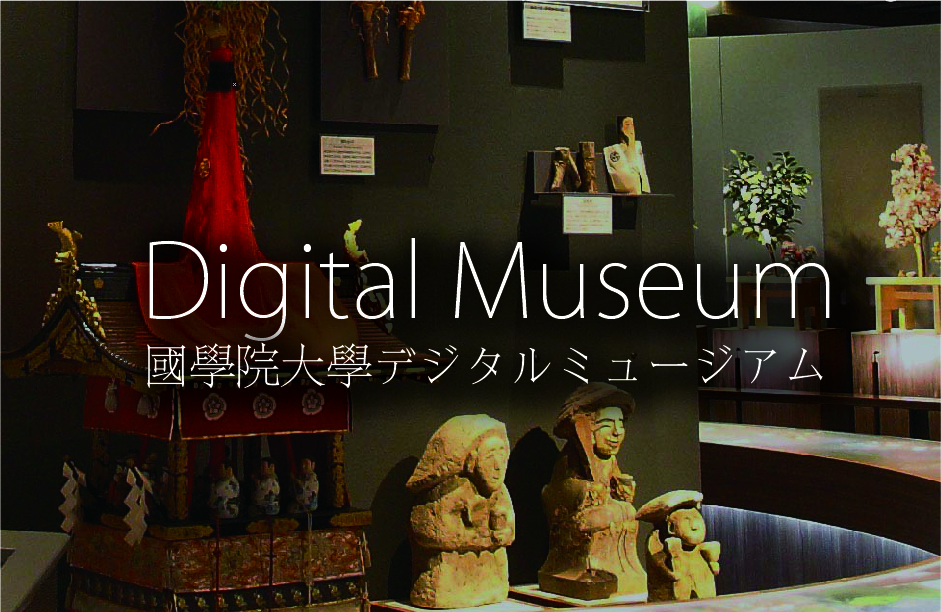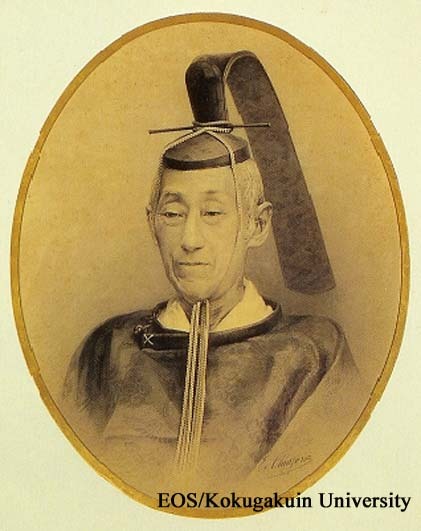- トップ
- Encyclopedia of Shinto
- Arisugawa no Miya Takahito Shinnō (Prince Arisugawa)
Encyclopedia of Shinto
| Main Menu: | |
| Links: |
詳細表示 (Complete Article)
| カテゴリー1: | 8. Schools, Groups, and Personalities |
|---|---|
| カテゴリー2: | Personalities |
| Title | Arisugawa no Miya Takahito Shinnō (Prince Arisugawa) |
| Text | (1812-86) Eighth-generation Arisugawa courtier and member of the imperial family of the later Edo and early Meiji periods. Born in the first month of 1812 in Kyoto. First son and heir of Imperial Prince (shinnō) Tsunahito (1785-1845). In 1822, Takahito was adopted by Emperor Kōkaku (1771-1840). The following year he was granted the rank of Imperial Prince by imperial proclamation, and conferred the court title Kazusatai no mikoto. In 1847 he was appointed naka tsukasa kyō, a position overseeing imperial ritual, and in 1864 as Special Consultant for National Affairs (kokuji goyō kakari). He was a trusted confidante of Emperor Kōmei (1831-1867). When troops attacked the imperial palace in a bid to regain power in the seventh month of 1864 (an incident known as the Kinmon no Hen), he was punished for suspected collusion with the Chōshū faction. He was summoned to the court again in 1867, however, and conferred the rank of ippon, the "first order" of imperial princes. Prince Taruhito was simultaneously promoted to the position of Great Governor-General of the East (seitō daisōtoku). As imperial family representative Takahito served as Senior Councilor (gijō) in the first year of the Restoration (1868), first Governor General (sōtoku) of the short-lived Shinto Section (Jingi Jimuka), then Superintendent of the next Shinto Bureau (Jingi Jimukyoku); in this capacity he had supervision over the divinities, rites, priests, and various Shinto-associated households (kanbe) under the newly reconstituted system of saisei itchi ("unification of ritual and rule"). In 1881 Takahito was appointed Controller General of the Office of Preceptors (kyōdōshoku; see taikyō senpu ), and also presided over the conclusion of the "pantheon dispute" (saijin ronsō; see Shintō Jimukyoku) engaged by advocates of the Grand Shrines of Ise and Izumo. The following year he resigned from this post and was made Controller General of the newly established Research Institute for the Japanese Classics (Kōten Kōkyūsho—the forerunner of present-day Kokugakuin University). He spent his remaining years fostering the education and organization of people inculcated with imperial studies. He was also learned in the tradition of calligraphy (shodō) passed down within his family, and he was commissioned as a calligraphy tutor for the emperor, in which capacity he inscribed the imperial Charter Oath (Gokajō no seimon) of April 1868. Takahito died January 24, 1886, at the age of seventy-five. -Mori Mizue |





